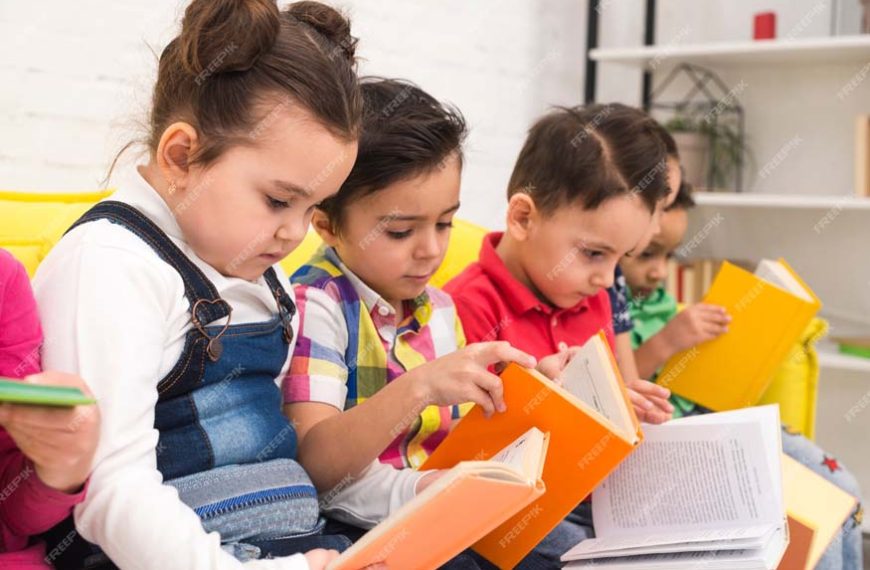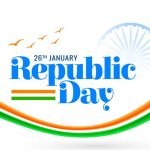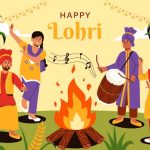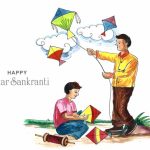Let’s talk about learning languages! It’s super important for our brains to understand it really well. Language helps us talk and think better. Teachers do more than just teach us stuff we memorize; they also help us love language. Imagine learning about different parts of speech, like nouns and verbs—it’s like building the base for how we talk and understand things! It’s the first step to being really good at expressing ourselves and understanding what others say. But the tricky part is making it fun and exciting so we want to learn more. So, let’s explore cool ways to learn language that are not just smart, but also make us feel happy and interested, like growing little seeds into big, smart plants!
Emphasizing the Basics: What is Part of Speech?
Understanding parts of speech is like discovering the special pieces in a puzzle called language. Language is like a cool picture made up of different parts, kind of like a colorful and exciting painting. Just like how musical notes make a beautiful song when they come together, parts of speech are like the building blocks that make sentences awesome! So, when we ask, “What is part of speech?” it’s like trying to figure out the cool tunes in our language symphony. These parts, like nouns, verbs, and adjectives, are like the superheroes of our sentences. They give sentences their power and make them interesting.
Breaking language into these special parts helps little kids like us understand how to talk and write better. It’s not just about sorting words; it’s like having a treasure map to explore the world of talking and writing. This way, we can share our thoughts and feelings with others and make language a super fun adventure!
Understanding the Structure: How Many Parts of Speech Are There?
Understanding the different word types is super important for kids when they’re learning to talk and use words. It’s like having a special map full of cool places to discover. When we ask, “How many types of words are there?” it’s not just about counting them, it’s like an exciting journey into words! So, there are eight main types of words. Nouns are for naming things, like your toys. Pronouns are like when you say “he” or “she” instead of a name. Verbs are action words, like run or jump. Adjectives make things more interesting by describing them, like saying a big, red balloon. Adverbs change verbs a little, like saying run quickly. Prepositions tell us where things are, like on the table. Conjunctions connect words, like and or but. And interjections show our feelings, like wow or yay!
Teachers help us understand these word types, and it’s like a big tree holding up our words so we can talk better and make sense when we speak. Learning all this helps us talk better and know how each word helps build cool sentences!
Exploring Diversity: How Many Types of Parts of Speech?
You know, like when we use words, there’s a bunch of cool things we can do with them. It’s not just plain and boring – it’s like a super colourful rainbow! Take the word “nouns,” for example. That’s a fancy word for naming things. But guess what? There are different types of nouns! There are regular ones for everyday stuff, special ones for names, and group ones for bunches of things.
Learning about all these word things is like going on a treasure hunt. Each word is like a special color on a painting. Teachers help us see all the amazing colors in language. It’s not just learning, it’s like an adventure! And when we understand all these cool word tricks, it makes talking and writing way more fun. It’s like making a super awesome picture with all the words we know. So, let’s keep exploring words and make our language the coolest ever!
Illuminating Concepts: Parts of Speech Examples
In school, it’s super important to use things we can touch and understand to learn stuff. Like, for little kids in preschool, it’s like their brains are sponges soaking up all the smarts. So, instead of just talking about ideas that are kinda hard, teachers use real things to show us what they mean.
Imagine you’re in class, and your teacher takes you on a cool adventure around the room. They point to a chair and say, “Hey, that’s a ‘noun’ because it’s a thing.” Then, you see a special doll with a name, and they say, “That’s a ‘proper noun’ because it has a name.” And when you look at a bunch of toys together, your teacher says, “That’s a ‘collective noun’ because it’s a group.” It makes learning fun, and you get to touch and see the ideas in real life! This way, it’s not just talking about boring stuff; it’s like playing and learning at the same time. It helps us really get what the teacher is saying because we can connect the big ideas with things we already know from our everyday world. It’s like magic for our brains!
The Art of Explanation: Explain Parts of Speech
In school, it’s super important to use things we can touch and understand to learn stuff. Like, for little kids in preschool, it’s like their brains are sponges soaking up everything! So, when teachers use real things we can see and touch, it helps us understand better.
Imagine we’re walking in our classroom, and the chair we sit on becomes a “noun” because it’s a thing. Then, there’s a doll with a name, and that’s a “proper noun.” And when there’s a bunch of toys together, that’s a “collective noun.” It’s like turning our regular stuff into cool learning adventures! This way of learning makes it fun, and we get to connect what we’re learning with the things we know from everyday life. It’s like making friends with the ideas in our heads, and it helps us remember things better.
Laying the Foundation: Introduction of Parts of Speech
Starting to learn words is super cool! It’s like going on a big adventure in school. Teachers make it fun by using stories, games, and cool activities. Stories are like magic doors that show us how words work in fun and exciting ways. Characters in stories help us see different parts of words in action. Games are like playing and learning at the same time! They make learning about words so much fun. It’s like going on a cool adventure where you get to explore and find out new things. And guess what? Learning becomes a game that makes us curious and excited!
Activities where we talk with friends or do hands-on stuff help us understand words better. It’s like doing fun projects together! We can see, touch, and do things with words, making them real and not just in our heads. This way, we can use words in our everyday life and see how awesome they are. So, learning words is not just reading or writing. It’s like going on a fun journey with stories, games, and activities that make us love words and want to learn even more!
Teaching little kids about words can be super fun and easy! You just have to be smart and friendly. We can use cool tricks like telling stories, playing games where we sort things, singing songs that rhyme, doing arts and crafts, pretending to be characters, and even using cool tech stuff. This makes learning words fun and helps us love learning from the very beginning of school.
Come to EuroKids now and start a super cool adventure for your little buddy! It’s like going on a big journey where they learn and have fun at the same time!
















